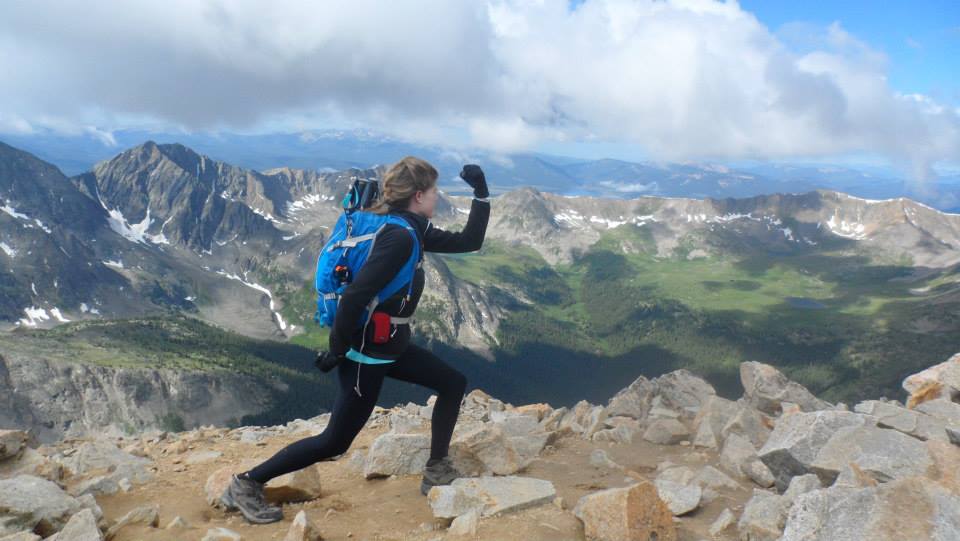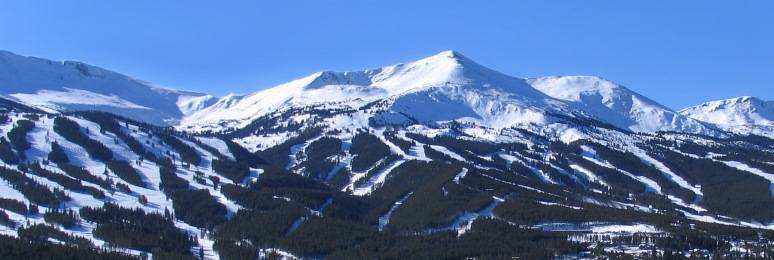
Acute mountain sickness, more commonly known as high altitude sickness, is an illness that affects individuals traveling higher than 8,000’ above sea level. AMS is not fully understood, but most often occurs when the human body is not given enough time to properly adjust to lower oxygen levels in the air. With symptoms similar to that of a bad hangover, the effects of acute mountain sickness are easy to detect in yourself and others. While this illness is common and treatable, ignoring the symptoms can be life-threatening.
Prevention of acute mountain sickness is imperative. When you first arrive to the mountains, do not travel to an even higher elevation for at least 24 hours. It is recommended that the first day of your stay be laid-back. Keep in mind that different people will acclimate at different speeds; one individual may only need 24 hours to adjust while another will require 48 hours or longer. Remaining properly hydrated is essential for preventing AMS and travelers should plan on drinking more water than usual to counteract fluid loss. Travelers should also note that alcohol and other depressants increase an individual’s risk of contracting acute mountain sickness.
A part of preparing for a vacation at high altitude is being confident that you will be able to recognize AMS symptoms in yourself and your companions. Symptoms of mild to moderate AMS are as follows: Difficulty sleeping, light-headedness, fatigue, headache, loss of appetite, nausea, vomiting, rapid heart rate, and shortness of breath with or without exertion. Be on the look for these warning signs and be prepared to take steps towards all necessary treatment.
It is easier to prevent AMS than it is to treat it and it is imperative that everyone visiting the mountains follow three rules: If you are feeling unwell, assume that you have AMS; do not ascend further (continue to hike, continue to ski, etc.) until you have received treatment; if you begin to feel worse then you must return to a lower elevation as soon as possible. With AMS, early diagnosis is important. The first step to take is to immediately get the afflicted individual to a lower altitude. If available, extra oxygen should be administered. If the stricken individual appears to have severe symptoms then he or she should be administered to a hospital.
While AMS is scary, it is completely preventable! If you take care of yourself and keep an eye on all of your friends, then your travels will be both stress and AMS free.

©Jenna Lowery

Wow! This can be one particular of the most useful blogs We’ve ever arrive across on this subject. Actually Wonderful. I’m also an expert in this topic so I can understand your effort.